For decades, Bollywood has reigned supreme as the face of Indian cinema—glamorous stars, big budgets, and catchy music making waves across the country and overseas.
But something has shifted in recent years.
Suddenly, films from the South—particularly Telugu, Tamil, Kannada, and Malayalam industries—are dominating the conversation, box office, and even the hearts of audiences once loyal to Bollywood.
So the question stands:
Is South Indian cinema taking over Bollywood?
Let’s break it down.
🧨 The Turning Point: Pan-India Blockbusters
The change didn’t happen overnight.
But starting around 2015 and accelerating after 2020, a new wave of pan-India blockbusters shook things up.
Films like:
Baahubali (Telugu)
KGF: Chapter 1 & 2 (Kannada)
Pushpa: The Rise (Telugu)
RRR (Telugu)
Vikram (Tamil)
Kantara (Kannada)
These films didn’t just do well locally—they smashed records nationwide and even performed well internationally.
What made them stand out?
Larger-than-life storytelling
High production values
Original scripts
Deep cultural roots
Mass appeal with style and substance
While many Bollywood films were struggling post-pandemic, these Southern powerhouses were pulling audiences back into theatres.
🎭 Storytelling That Resonates
One major reason for this shift?
South Indian films dare to be bold.
They blend tradition with modernity, spectacle with soul.
For example:
Baahubali redefined epic storytelling with mythic grandeur.
Pushpa made a rugged, raw anti-hero into a national obsession.
RRR combined historical fiction, revolution, and bromance like never before.
In contrast, Bollywood in recent years has been criticised for:
Repetitive remakes
Safe, urban-centric plots
Overreliance on star power
Disconnect from mass audiences
South Indian filmmakers seem more willing to take creative risks—and it’s paying off.
🎥 A New Era of Pan-India Cinema
Earlier, South films were dubbed in Hindi and quietly watched on TV or YouTube.
Now? They’re launched nationwide in multiple languages, with full marketing campaigns.
They no longer feel “regional”—they feel national.
This has reshaped the Indian film map:
Telugu and Kannada industries are now pushing budgets over ₹500+ crores.
Big Bollywood stars like Ajay Devgn, Alia Bhatt, and Sanjay Dutt are doing cameos or roles in South-led movies.
Directors like SS Rajamouli, Prashanth Neel, and Lokesh Kanagaraj are being treated like rock stars across India.
💰 The Box Office Doesn’t Lie
Here’s a look at recent box office comparisons (India & global):
| Film | Industry | Worldwide Gross |
|---|---|---|
| RRR (2022) | Telugu | ₹1200+ crore |
| KGF: Chapter 2 (2022) | Kannada | ₹1200+ crore |
| Pathaan (2023) | Bollywood | ₹1000+ crore |
| Jawan (2023) | Bollywood | ₹1150+ crore |
| Pushpa: The Rise (2021) | Telugu | ₹365+ crore |
| Animal (2023) | Bollywood | ₹900+ crore |
While Bollywood still delivers hits, the consistency of South Indian cinema’s performance is hard to ignore.
And crucially, many of these hits succeeded without traditional Bollywood megastars.
🌍 Global Reach: More Than Just India
Thanks to OTT platforms like Netflix, Amazon Prime, and Hotstar, South Indian films are gaining international recognition.
RRR won an Oscar for Best Original Song (“Naatu Naatu”) and was screened in Hollywood.
Non-Indian viewers are discovering and loving South Indian action, mythology, and drama.
Subtitled versions are breaking language barriers like never before.
Bollywood always had a global pull, but now it’s sharing the stage with Telugu, Tamil, and Kannada industries.
🎤 What Bollywood Can Learn
This isn’t about South vs North—it’s about what works.
If Bollywood wants to reclaim momentum, it may need to:
Back stronger original scripts
Focus less on nepotism, more on talent
Create content for India’s heartland—not just metros
Give directors and writers more creative freedom
Stop chasing formula—and start chasing freshness
Some Bollywood filmmakers are rising to the challenge, but audiences are no longer patient with mediocrity.
🔄 Is Bollywood Really “Losing”?
Not exactly.
Bollywood is still massive in reach, budget, and fan base.
Shah Rukh Khan, Salman Khan, Ranbir Kapoor, and Deepika Padukone are still big draws.
But the monopoly is over.
Audiences have more choices. And they’re voting with their time and money for whoever tells the most compelling story.
🧭 The Future of Indian Cinema: Unity in Diversity?
Maybe it’s not about South “taking over” Bollywood.
Maybe it’s about a new, united Indian cinema:
Where stories from every region get equal spotlight
Where languages mix, stars collaborate, and boundaries blur
Where quality wins over industry labels
As streaming, global markets, and pan-India releases grow, we’re heading toward a more inclusive cinematic culture.
And that? That’s good news for everyone who loves movies.
✅ Final Thoughts: A Healthy Rivalry, A Stronger Industry
Yes, South Indian cinema is on a winning streak.
Yes, Bollywood is being challenged.
But competition sparks innovation.
Instead of fearing the rise of South cinema, Bollywood—and audiences—should celebrate it.
Because at the end of the day, it’s not about which industry wins.
It’s about storytelling.
It’s about connection.
It’s about cinema that moves us.
And Indian cinema is entering its boldest, richest, and most exciting era yet.


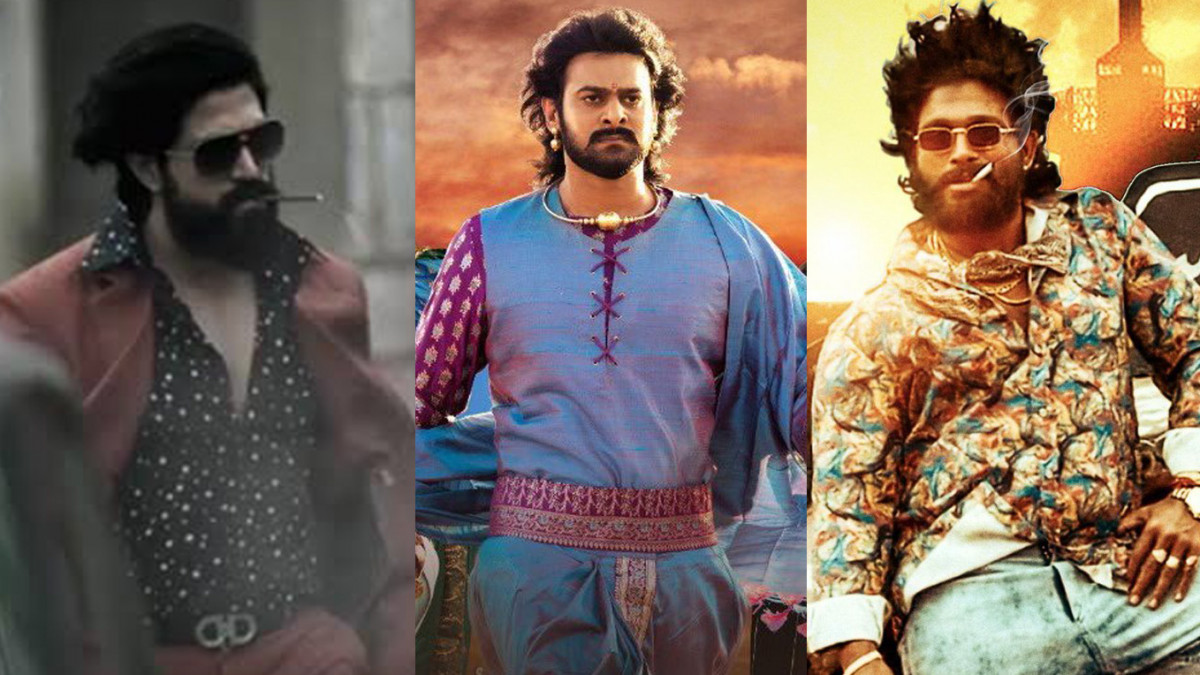
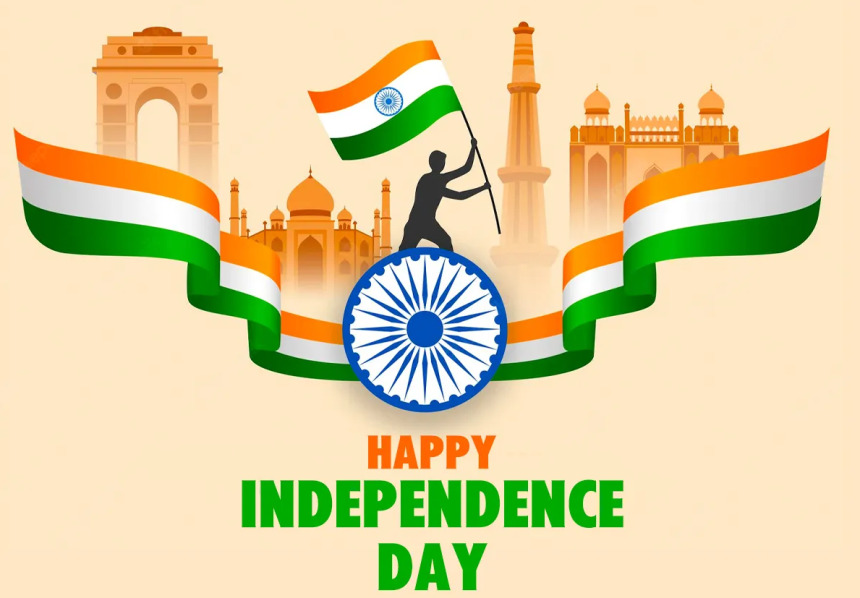



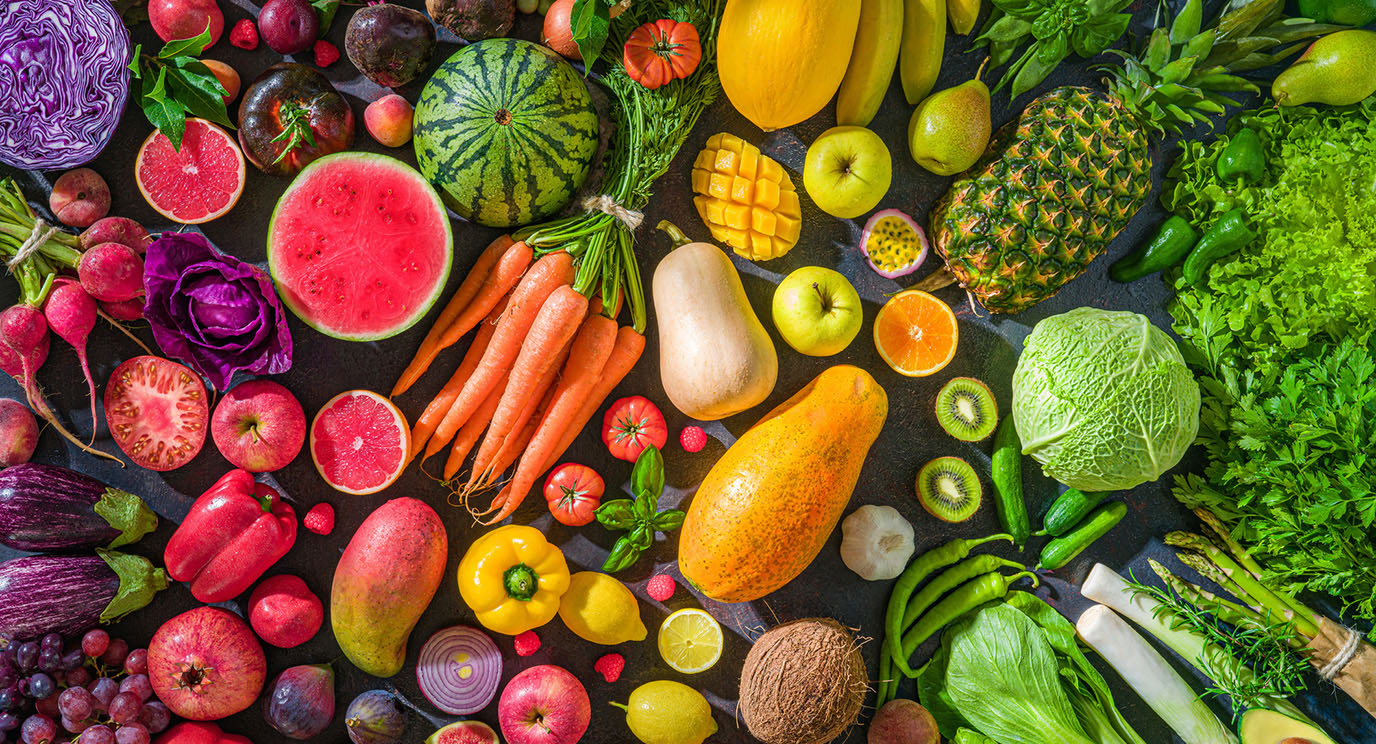


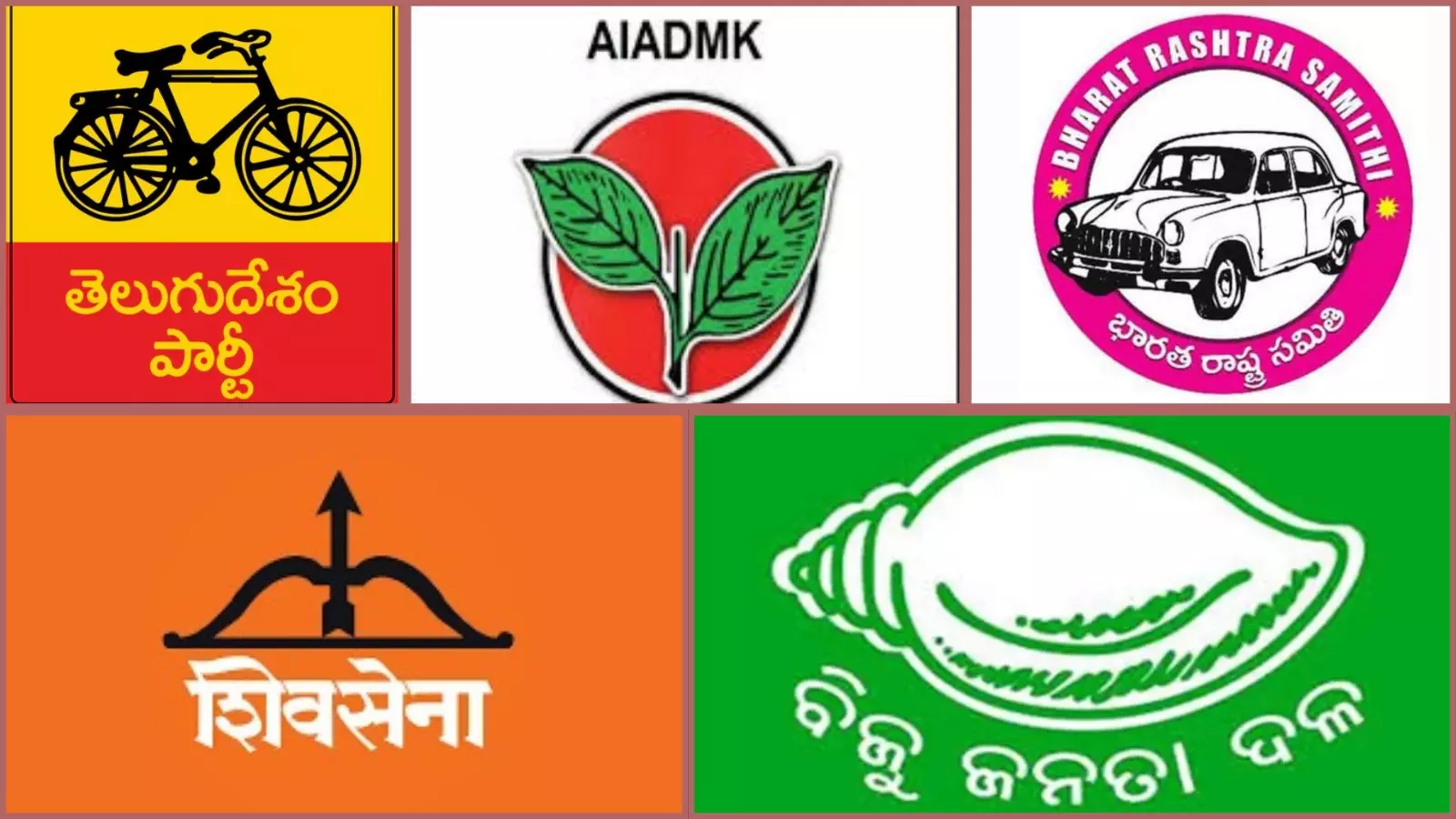

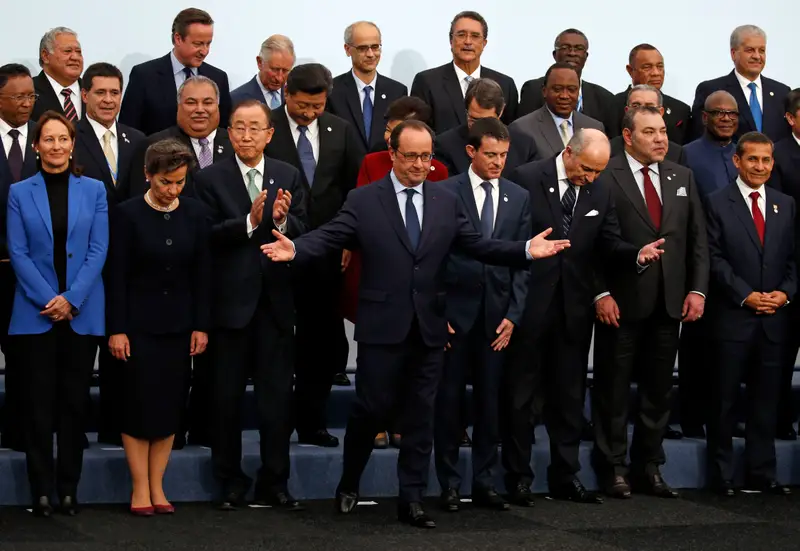
Recent Comments
No comments yet.